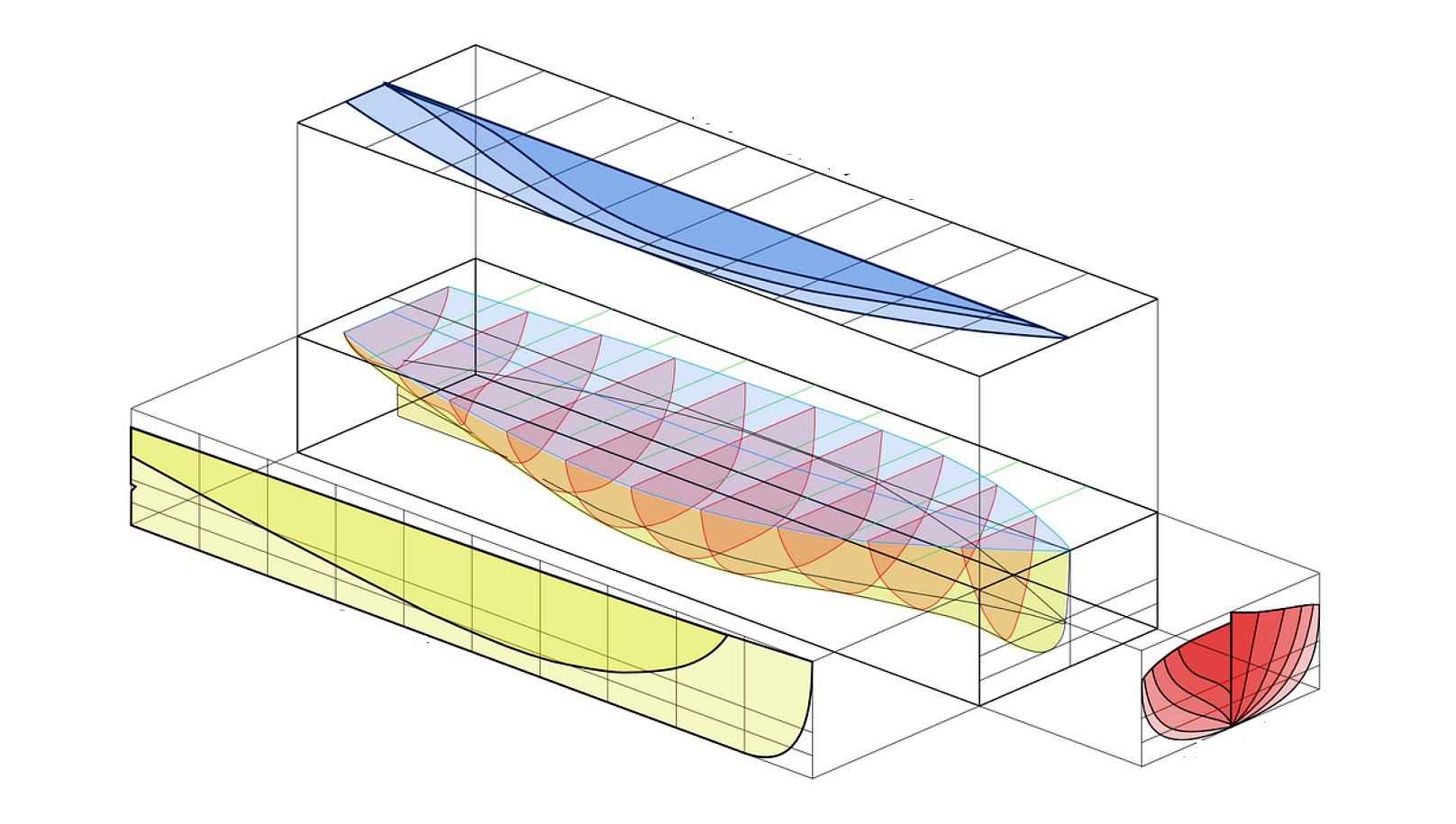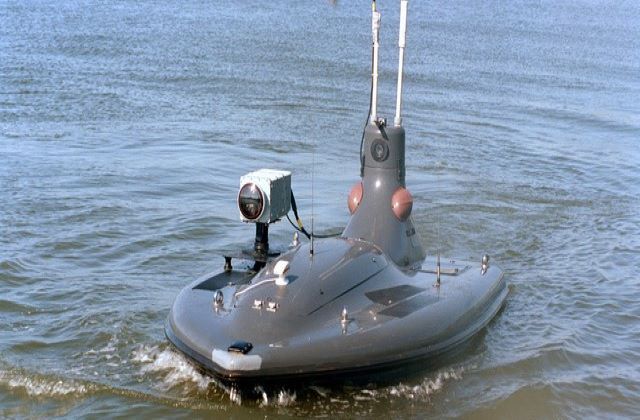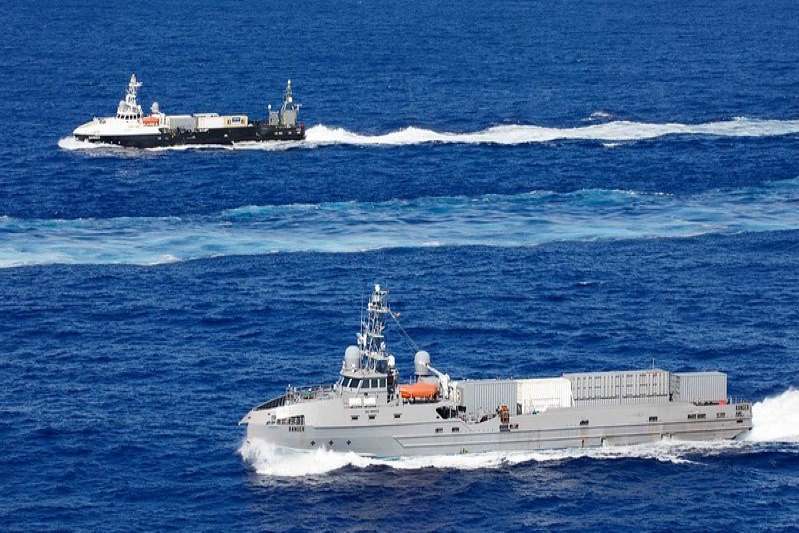US Navy Surface Drones to Take More Generic Design
US Navy outlines more efficient and effective direction for USV design.

The rise of uncrewed surface vessels (USVs) marks a pivotal shift in naval warfare, reshaping how conflicts are fought at sea.
Most notably, this change in drone technology is being witnessed in the war in the Black Sea, where both Ukraine and Russia are looking to expand their influence over the vital shipping lanes, supply lines to Crimea, and control over Black Sea ports. To this end, USVs have become essential tools for naval forces, providing surveillance, reconnaissance, and combat capabilities while minimizing human risk and offering a low-cost alternative to traditional crewed ships.
With this in mind, modern navies the world over are looking at what the surface drones of tomorrow will look like, or as Rear Admiral William Daly, puts it, “The obsolete crewed future needs to arrive sooner.”

The Admiral was speaking at a recent conference where he shared insights into his role as US Navy Surface Warfare Director and commented on how the US Navy envisages next-generation surface drone design. Perhaps most surprisingly, he outlined plans for how the range of surface drones available would be ‘streamlined’ with the reducing ‘the family of uncrewed surface craft.’
“More directly, the hybrid fleet need not include large and/or ‘exquisite’ uncrewed platforms,” he said. “We have got to get real here! Instead of, ‘exquisite designs,’ we need one craft that is affordable, non-exquisite, and can come off multiple production lines in an identical manner.”

Despite having a standard design, uncrewed craft were still expected to conduct differing operations. Carrying either weapons and ordinance in a ‘magazine payload’ for the larger craft, or a range of cameras, sensors, and radar equipment for an ISR (Intelligence, Surveillance, and Reconnaissance) payload on a medium-sized drone. Either way, he believed it was crucial to maintain uniformity of hull design, basic controls, and power systems.
“We can build this craft in numbers at shipyards, ,” he explained. “The designs already exist, but we must not over spec this.”

The reason behind this strategic change was to keep costs low and achieve value-for-money, with the admiral referencing, “Commonality, configuration control, and good enough for the mission,” as the goal for next-generation US Navy surface drones.
Interestingly, the Admiral also spoke about the increasing role of AI in improving surface drone design. “[The Deputy Chiefs of Naval Operations Navy Surface Warfare’s office] has traditionally not been organized to think like this. But we now have a digital thinking and integration. This ranges from administrative improvements to VHF translators, to what I care about most, which is enhancing our kill-chain, enhancing or accelerating the kill-chain.”
Or as he succinctly put it, “Our ability to machine learn in peace time, will find the margin of victory in wartime.”

Consolidating the U.S. Navy’s surface drone fleet is essential for enhancing operational efficiency, reducing logistical complexity, and maximizing technological advancements. By streamlining the range of uncrewed surface vessels the Navy can focus resources on the most effective platforms, improving operation and mission readiness.
It is also thought that standardization can accelerate integration with existing naval assets and facilitate maintenance and support.
With automation and uncrewed systems increasingly play a key role in shaping the future of warfare, global navies are continuing to experiment and refine USV technology. However, for the US Navy, at least, it appears that a period of conformity of design to lower costs and improve budget efficiency has become the next stage of development of surface drone technology at sea.

